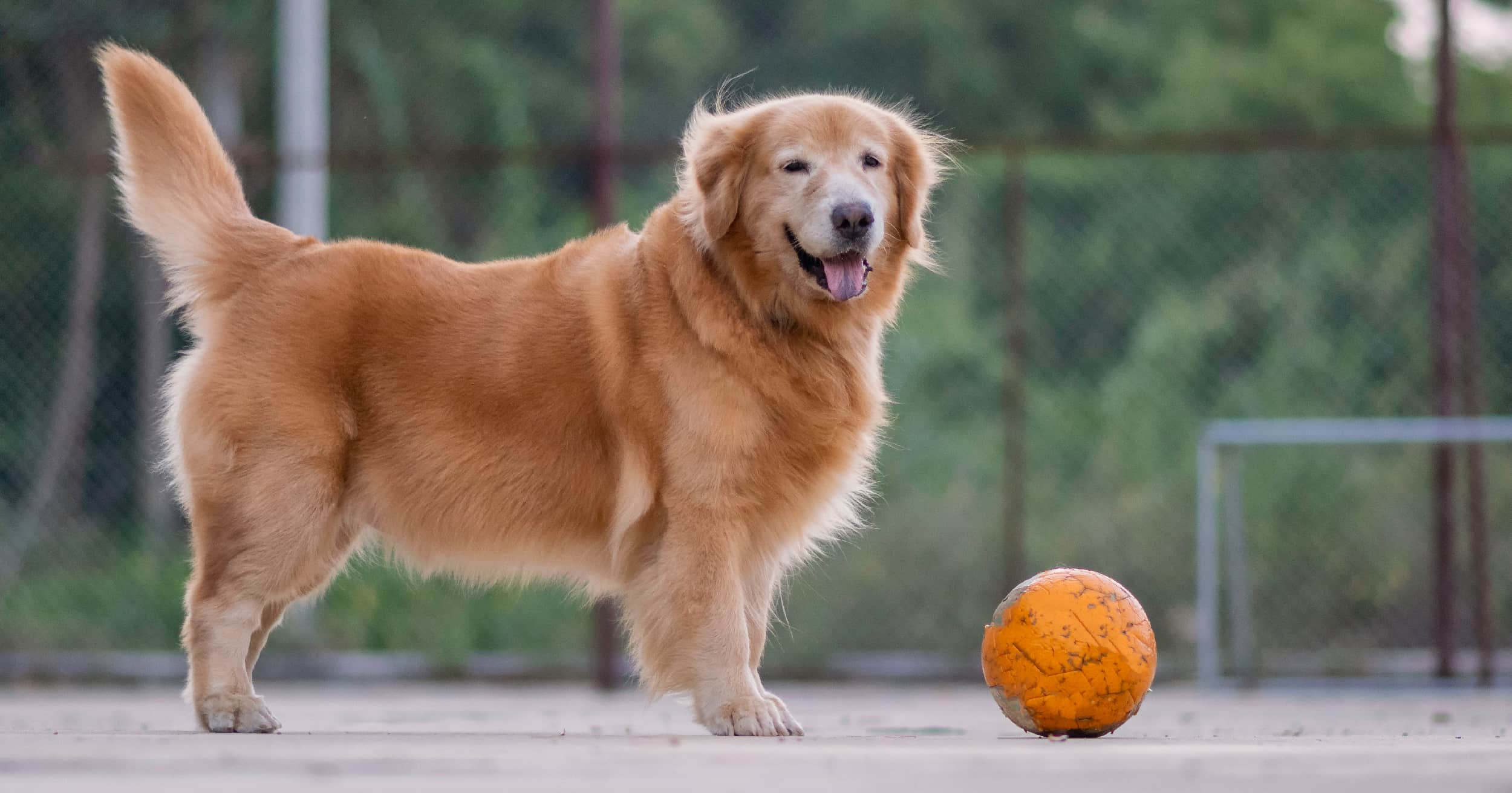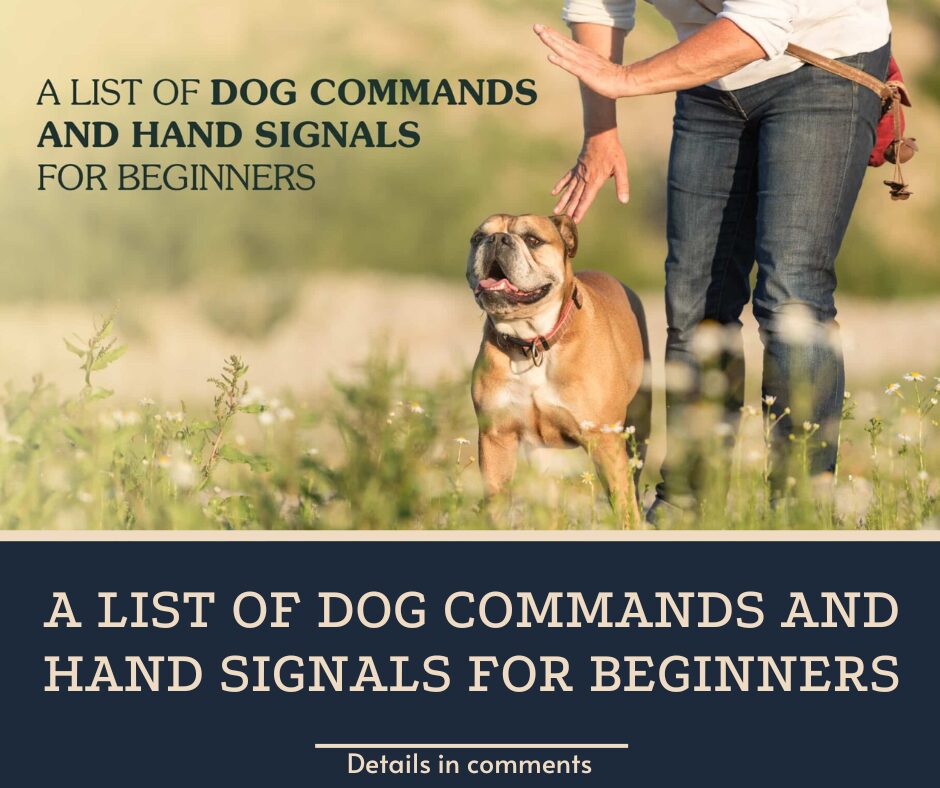
Dog obesity is a serious issue facing dogs and their owners, and it’s only becoming more prevalent. A 2022 survey by the Association for Pet Obesity Prevalence revealed that 59 percent of dogs in the U.S. are classified as overweight, a 3 percent increase from 2018. Since only 36 percent of dog owners think that their best pal is overweight, the issue of dog obesity does not appear to be going anywhere anytime soon.
But how do you tell if your dog is overweight, or worse? What can you do about your dog’s body weight? And how much does it matter if your begging buddy is classified as obese? Our Taste of the Wild Guide to Dog Obesity can help answer some of your questions, but when in doubt about obesity in dogs, dog diets or any other health issues, consult your veterinarian.
How to Tell If Your Dog Is Overweight

As proven by the survey we mentioned earlier, many dog owners don’t know if their dog is overweight. How do you tell if a little baggage around the belly is natural or if it’s excess for your dog? First, an adult dog’s weight isn’t the only thing you need to measure. You should start by consulting a Body Condition Score System (BCS) chart and comparing it to your dog’s ribs, waist and hips. Veterinarians recommend monitoring and evaluating your pet’s BCS once a month to make sure you stay ahead of the increasing pounds.
Do Overweight or Obese Dogs Really Need to Lighten Up?
If you determine that you do have an overweight dog on your paws, is that such a bad thing? Someone coined the term “fat and happy” for a reason, so is it really necessary that your overweight dog slims down? Well, yes. Extra pounds unequivocally mean extra health risks for your dog, and researchers have proven that dogs with an ideal BCS live an average of 2.5 years longer than overweight dogs of similar size and breed. If less weight means more years with your best friend, why wouldn’t you work toward that long and happy dog life? Here’s more information about that research along with some tips for getting started slimming down your overweight dog.
6 Tips to Stop Your Dog’s Begging and Help Them Lose Weight

Talking about helping your overweight dog slim down is easy; actually doing it is much harder. Have you tried staring into those big begging eyes when they’re pleading for a sliver of sausage or a bite of bacon and saying “no”? Easier said than done.
We often can’t resist slipping them just a tiny bite of our dinners. But those bites add up, and when the scales start to tip, you need to shut them off cold turkey. It might be time to have them help you by training them not to beg in the first place.
Need some tips on curbing your dog’s begging habits? We have the blog for you.
How to Tell If Your Dog Has Diabetes

Canine obesity leads to a plethora of health problems, and diabetes is one of the chief concerns when the walk becomes a waddle. But a dog doesn’t have to be overweight to have diabetes. Knowing the warning signs of diabetes can go a long way toward preventing it or letting the disease get out of hand, but prevention is always the best medicine.
Of course, sometimes your dog has diabetes, and it needs to be managed. The good news is that dog diabetes isn’t a death sentence; with proper care and management, even diabetic dogs can live long, healthy lives.
Here’s our post about the signs of diabetes and everything you should do to prevent diabetes in dogs, and care for those who have the disease.
Increasing Numbers of Pudgy Pooches Are Tipping the Scales

Despite the best efforts of veterinarians, the number of overweight or obese dogs is increasing faster than the numbers on the scale. Canine obesity is an ever-increasing problem for a number of reasons, but the average dog’s diet is a leading culprit. Of course, diet isn’t just the cause; it’s also the solution. Knowing how to feed a healthy diet is key to keeping your dog healthy for years to come. But that knowledge seems to be lacking in many dog households these days!
Here’s a look at the growing trend of overweight dogs and what pet owners can do to reverse it.
Excess Body Weight on Dogs Gets in the Way

As dog owners, our main goal is for our best friends to be happy and healthy. Knowing how to tell if they’re pleasantly plump or upsettingly obese is the first step toward fulfilling that goal.
But there’s more to the prevention of excess weight on dogs than simply noticing if the scales are tipping over. A healthy diet, plenty of exercise, regular vet visits and other good habits will help your dog live a long time, with a high quality of life, by your side.
And who could ask for more?
The information in this blog has been developed with our veterinarian and is designed to help educate pet parents. If you have questions or concerns about your pet’s health or nutrition, please talk with your veterinarian.
